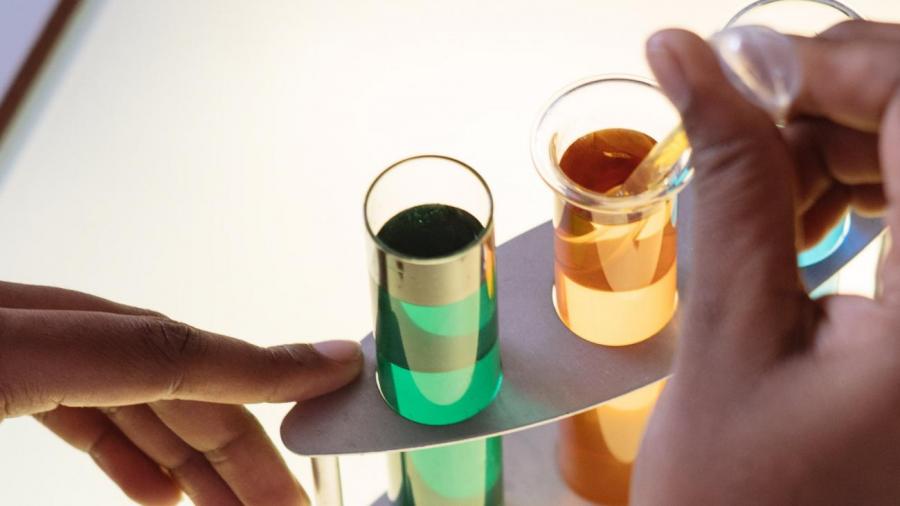
January 23, 2020 | 6 p.m.
Location Neeb Hall
Campus Tempe
“Creating life in the lab: playing God or saving humanity?”
Abstract
Chemical space is truly vast, in fact it is so large that the number of possible molecules that a chemist could make in the laboratory is potentially a trillion trillion times more than the number of atoms in the observable universe (10100 vs 1080). So how might we search this impossible number of molecules to find the key molecules that started life on earth? And can we search this impossibly large sea of potential drugs for the next cures for cancer? In my laboratory we started to imagine and design an experiment so vast, that it could lead to the discovery of the origin of life, a route to make new artificial life forms, as well as new cures for disease. We call this ‘Large Hadron Collider’ for Chemistry, The Chemputer. But before we turn on this experiment, we must understand what we are looking for, how we might start this search, and develop a new theory that explains the transition to biology. I will then show the Chemputer in action and finally, I will outline how we might use this new theory to ensure that humanity can escape the solar system and ensure that we are able to seed life elsewhere beyond earth.
Biography
Lee Cronin was born in the UK and was fascinated with science and technology from an early age getting his first computer and chemistry set when he was 8 years old. This is when he first started thinking about programming chemistry and looking for inorganic aliens. He went to the University of York where he completed both a degree and PhD in Chemistry and then on to do post docs in Edinburgh and Germany before becoming a lecturer at the Universities of Birmingham, and then Glasgow where he has been since 2002 working up the ranks to become the Regius Professor of Chemistry in 2013 aged 39. He has one of the largest multidisciplinary chemistry-based research teams in the world, having raised over $35 M in grants and current income of $15 M. He has given over 300 international talks and has authored over 350 peer reviewed papers with recent work published in Nature, Science, and PNAS. He and his team are trying to make artificial life forms, find alien life, explore the digitization of chemistry, understand how information can be encoded into chemicals and construct chemical computers.